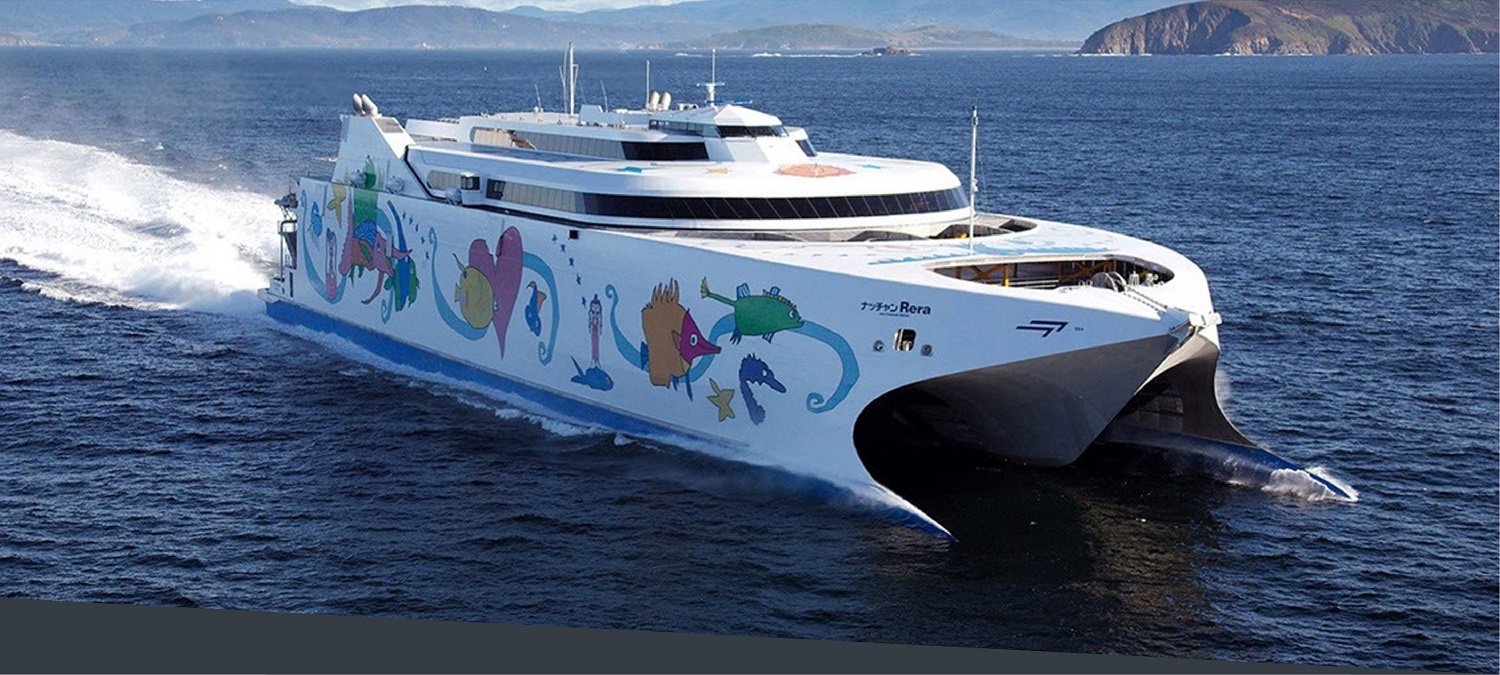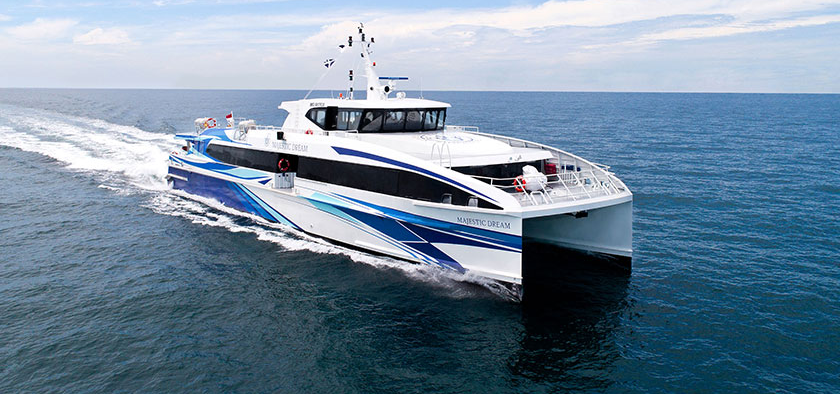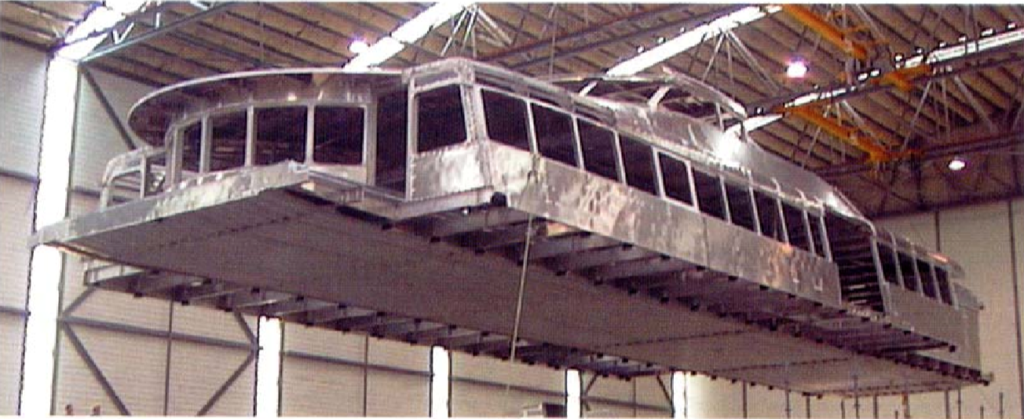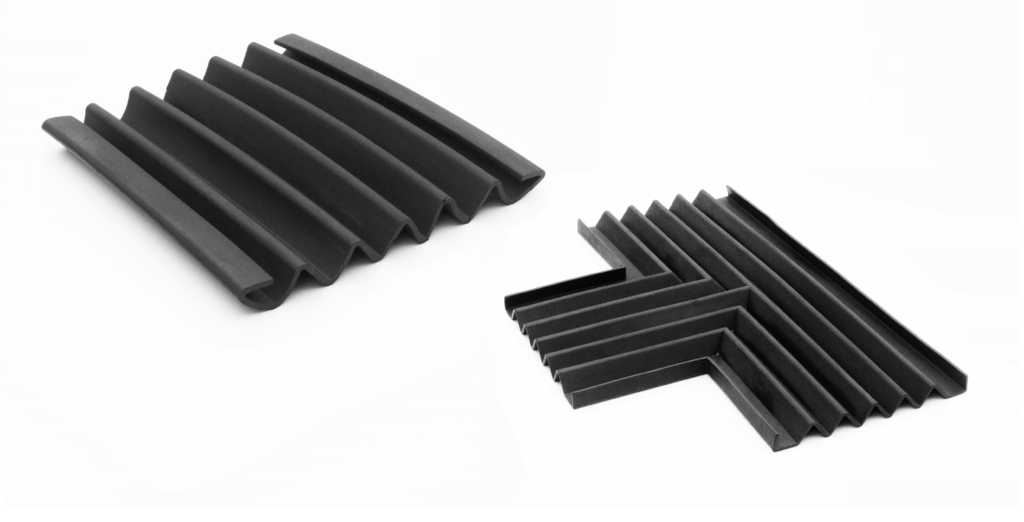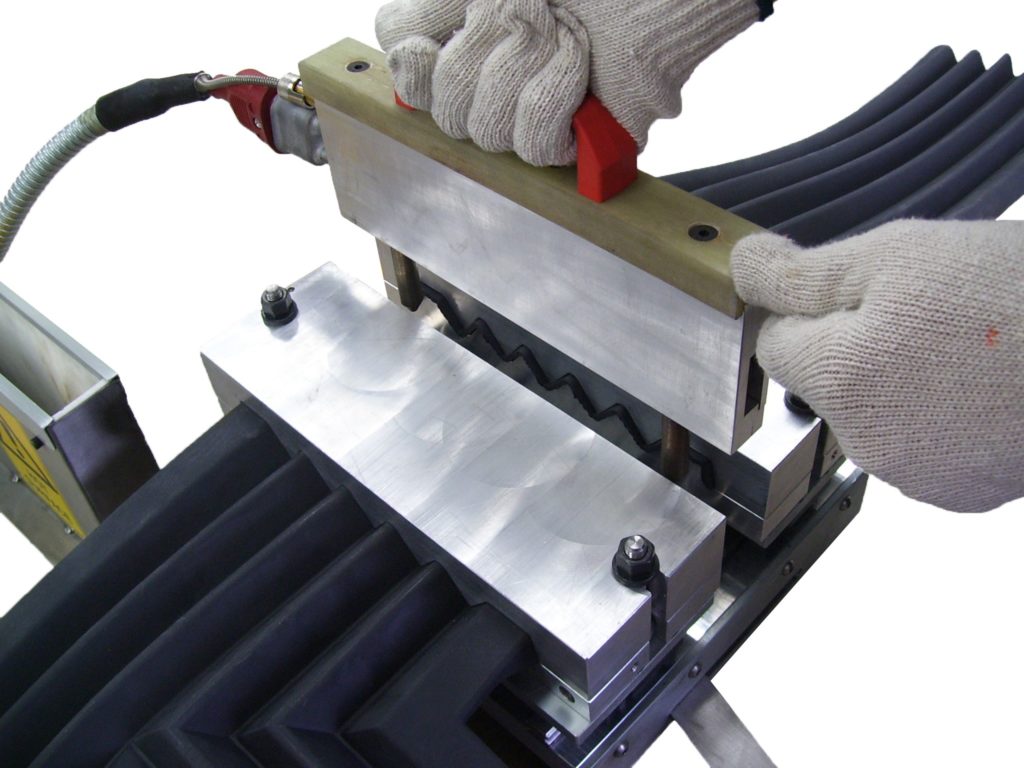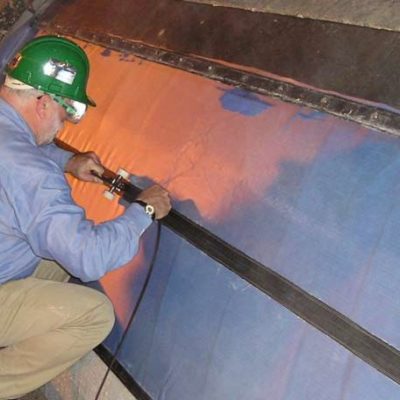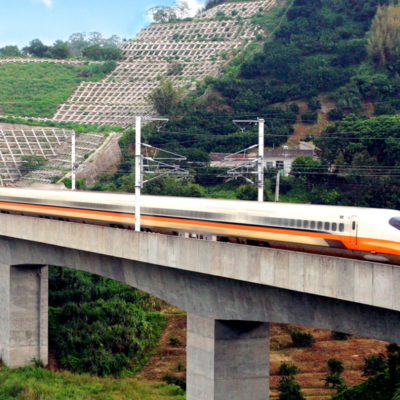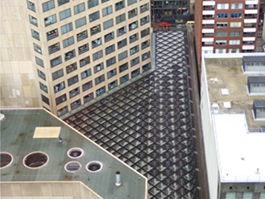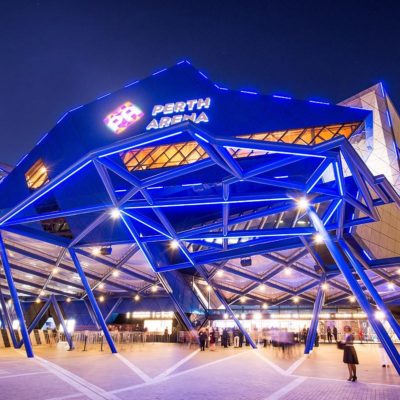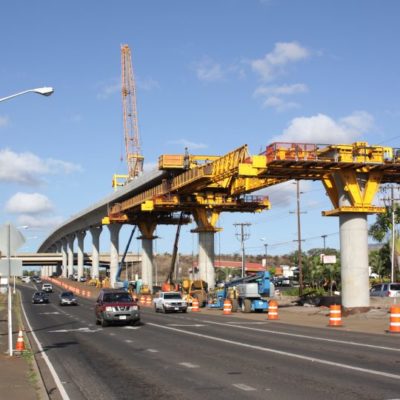In 2014, Incat Australia approached Boss Polymer Technologies to assist them in the development a more economic and efficient expansion joint system for their range of light-weight aluminium catamarans.
At the time, Incat was purchasing a flame retardant, neoprene expansion joint and an array of moulded parts. These products required joining using a difficult and time consuming welding technique that required a high level of skill and equipment to perform. This led to higher manufacturing costs, longer lead times, increased waste and lower manufacturing control.
Working collaboratively with the engineers at Incat, the team at Boss presented a solution using alternative materials, welding technique and custom built machinery that is far simpler, easier, faster and less labour intensive to complete. This solution allowed Incat to use their own in-house labour, therefore providing greater control and streamlining the manufacturing process. This dramatically increased production speeds, lowered the installation time and therefore increase Incat’s profits.
Make an Enquiry